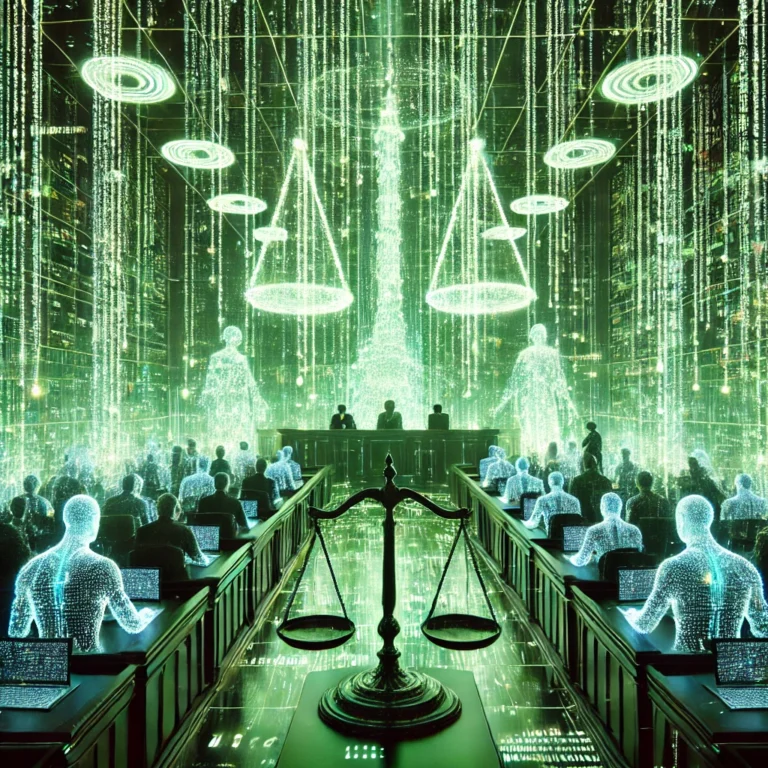In IOENGINE, LLC v. Ingenico Inc., 2021-1227 (Fed. Cir. May 3, 2024), the CAFC considered the printed matter doctrine in reviewing a PTAB determination that certain limitations in two claims were entitled to no patentable weight — weight that otherwise could have been used to distinguish the claims from prior art. The Board’s determination led it to find that the claims were indeed anticipated by prior art.
The doctrine provides that certain “printed matter” falls outside the scope of patentable subject matter. C R Bard Inc. v. AngioDynamics, Inc., 979 F.3d 1372, 1381 (Fed. Cir. 2020) (citing AstraZeneca LP v. Apotex, Inc., 633 F.3d 1042, 1064 (Fed. Cir. 2010); In re Chatfield, 545 F.2d 152, 157 (CCPA 1976)). Determining whether a limitation has patentable weight under the printed matter doctrine requires application of a two-step test: first, determine whether the limitation in question is directed to printed matter, and second, determine whether the printed matter should nevertheless be deemed to have patentable weight because “the claimed informational content has a functional or structural relationship to the substrate.” In re Distefano, 808 F.3d 845, 850 (Fed. Cir. 2015).
One of the limitations the Board deemed to be “printed matter” recited “wherein the communication caused to be transmitted to the communication network node facilitates the transmission of encrypted communications from the communication network node to the terminal.” The Board determined that the term “‘encrypted communications’ claims only communicative content, i.e. printed matter, because it found “nothing in the claim that requires anything beyond sending and receiving data, even if the data is in an encrypted form.” IOENGINE at *10. For the second step, the Board found that there was ““no functional relationship of the encrypted data to the communication carrying it” because nothing in the claims required “the data being used or manipulated” or “any processing of encrypted data beyond the transmission of the same.” Id. The Board concluded therefore that the limitation should be accorded no patentable weight.
The Federal Circuit, however, disagreed. The Court focused on the question of whether “encrypted communications” claims content specifically being communicated, and noted first that the recitation of a communication is not itself content. Furthermore, the fact that a communication is encrypted also does not describe the communication’s content, but rather only its form. Accordingly, the Court determined that the claimed “encrypted communications” do not fall within the printed matter doctrine’s scope.
Implicit in the Court’s analysis, however, is its key presumption that a network communication may constitute printed matter if the claim limitation recites the content of the communication. No prior case has so clearly indicated that printed matter encompasses not only physical mediums, but electronic signals as well.
The consequence of the CAFC’s implication that the printed matter doctrine may apply to electronic signals is that patent claims incorporating content-specific electronic signals must be tied to other claim elements, e.g., the claim should recite the application of the content contained in the signal in some manner, in order for the signal content to be afforded patentable weight. The printed matter doctrine is therefore an unquestionably pertinent issue in the litany of considerations that practitioners of patents incorporating network or other electronic communications must address in defining or assessing the scope of claims of such patents.






